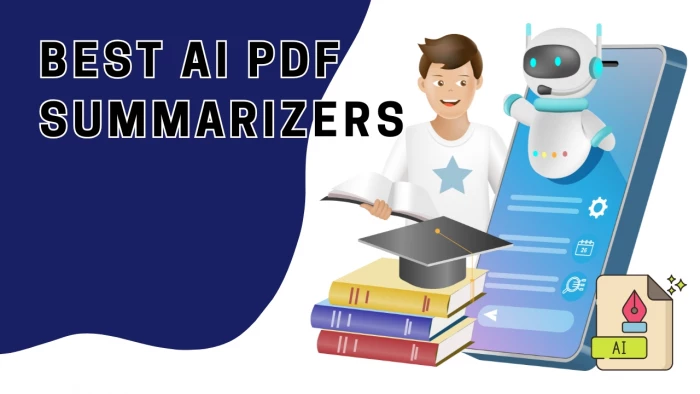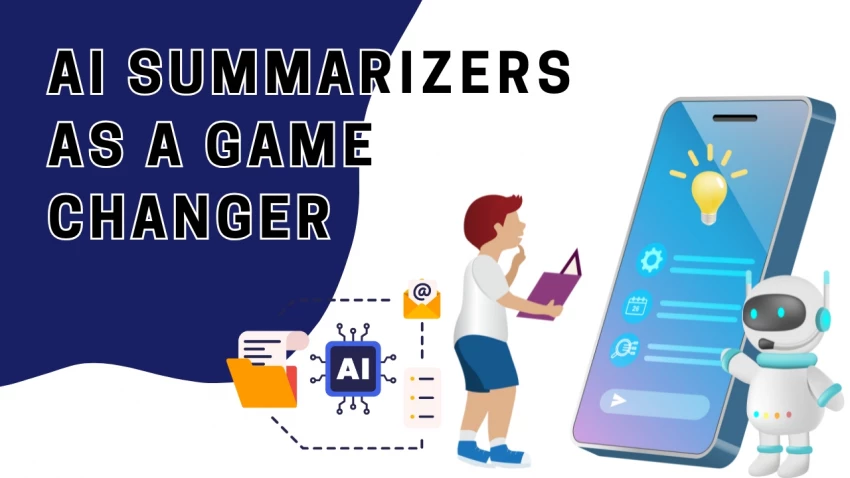

Diving into long research papers can feel like running a marathon. Pages packed with technical jargon, endless references, and dense explanations can be overwhelming. That’s where AI steps in—cutting through the clutter and pulling out the key points in just seconds.
This guide highlights some of the best free AI tools for summarizing PDFs and research papers, showing how each one works and where it shines.
Most research papers stretch across 10 to 30 pages, but only a handful of sections usually matter. Reading and summarizing them manually can take hours. AI-powered tools change the game by:
The payoff? Faster learning, smarter note-taking, and more time for critical thinking.
Scholarcy slices papers into simple sections: background, methods, results, and limitations. It even creates “summary flashcards,” perfect for quick study sessions.
Formerly called Typeset, SciSpace Copilot lets users upload a PDF and chat with it. Complex terms, equations, and findings get simplified instantly.
Confused by a section of a paper? Highlight it in Explainpaper, and the AI will break it down into plain, simple language while keeping technical accuracy intact.
ChatPDF turns research papers into interactive chatbots. Ask questions like, “What’s the conclusion?” or “Explain the methodology,” and get instant, clear answers.
Paper Digest specializes in academic content and delivers concise summaries that read like an abstract—short, neat, and to the point.
Semantic Scholar isn’t just a research database; it also offers a TLDR feature that generates one-sentence summaries for millions of papers. Ideal for browsing large amounts of research quickly.

Behind the scenes, these AI tools rely on natural language processing (NLP) models trained on academic writing. They:
Some tools, like SciSpace Copilot and ChatPDF, go beyond summaries by letting users interact with the paper in a conversational style.
Summarization is only the start. Emerging tools aim to:
The shift could take academic reading from a slow, linear task to an interactive and dynamic experience.
AI summarizers are changing the way students, professionals, and researchers engage with academic content. Whether the goal is exam prep, literature review, or a quick dive into a new field, these tools can save hours of effort.
For a balanced approach, SciSpace Copilot offers interactive clarity, while Scholarcy delivers organized summaries. Using both provides depth and efficiency.
Be the first to post comment!